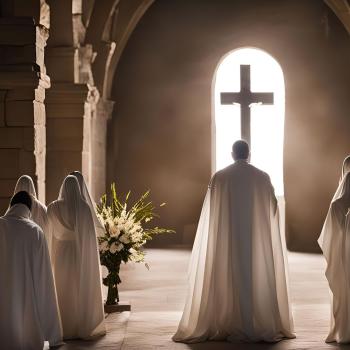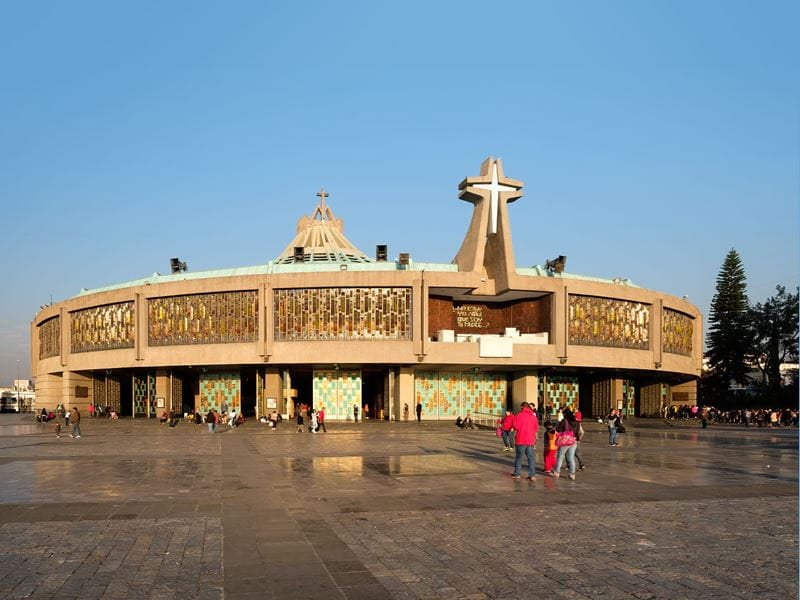
- Trending:
- Pope Leo Xiv
- |
- Israel
- |
- Trump
- |
- Social Justice
- |
- Peace
- |
- Love
The 100 Most Holy Places On Earth
Basilica of Our Lady of Guadalupe

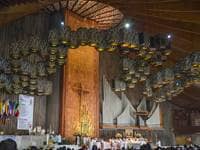
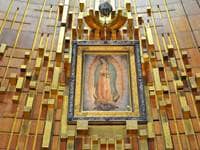
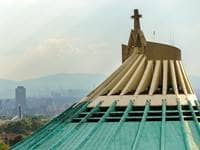
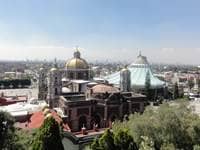
Also Known As:
Our Lady of Guadalupe Basilica
Basilica of Our Lady of Guadalupe
Insigne y Nacional Basílica de Santa María de Guadalupe
Associated Faiths:
Though a small number of non-Catholic Christians are also drawn to the site.
Accessibility:
Open to visitors.
Annual visitors: 20,000,000
History
In 1531, Quauhtlatoatzin—a 57-year-old indigenous Indian and recent convert to Christianity—was walking to Mass when he heard the sound of singing. Looking heavenward, Juan Diego (the name he had taken at baptism) said he saw a cloud with rings of light surrounding it. From within the cloud, a voice addressed him, saying “It is my desire that a place of worship be built here. Go to the bishop and convey to him my wish.” Juan Diego obeyed the voice from his vision and conveyed to the bishop his experience. For cultural reasons, the bishop did not trust the indigenous people of the area and rejected the vision. But the female voice came to Juan a second time, so he went back to the bishop, but he still doubted the authenticity of Juan’s claims. Bishop Zumárraga told him to bring him a “sign” to prove he was really having these divine encounters. Deflated, Juan Diego headed home, only to encounter the same being (whom he understood to be the Virgin Mary). This time, she gave him a bouquet of roses and left an imprint of her image on his tilma or tilmahtli (a woven poncho). Finally, the bishop believed the story and, two years later, the first Catholic church was erected on the spot of the visions. Diego is said to have been visited by Mary four separate times; three times on the spot of the basilica and once in the presence of the bishop.
About 150 years after the four visits of the Virgin to Juan Diego, a new church—a pilgrimage church—was constructed on the sacred spot. That church stands today. In 1904, the building was elevated to the status of basilica. However, at the beginning of the 19th century, significant damage was done to the building because of construction of a convent on the eastern side of the basilica. As a consequence, from 1804-1810, and then again from 1822 to 1836, a restoration and updating of the building took place. (The cessation of work from 1810 to 1822 was caused by the Mexican War of Independence.) At that time, the interior was changed from a Baroque to a Neoclassical style. Approximately 100-years later, during the Cristero Ward (1926-1929), the building was again damaged and had to be repaired.
Because of the frequent seismic activity in the region, the basilica has slowly sunk into the ground and has become unstable. Consequently, out of fear of collapse, the building was condemned and closed to the public. It has not been demolished, largely because of its symbolic and historical significance. Nevertheless, it is no longer used. A new and much larger church has been erected next door to the condemned shrine. The newer building can accommodate 50,000 pilgrims or worshipers at a time. Owing to the popularity of the original basilica, its replacement—which now houses the image of the Virgin of Guadalupe—makes possible for a greater number of pilgrims to visit and see the relic (in the form of Juan Diego’s imprinted cloak).
Religious Significance
The shrine of Our Lady of Guadalupe has been called “the world’s largest place of veneration of the Virgin Mary.” While Saint Peter’s Basilica draws larger number of visitors, as Marian shrines go, the Basilica of Our Lady of Guadalupe is the most visited of any throughout the world. Miracle stories exist in all religious traditions. However, the Shrine of Our Lady of Guadalupe is unique in that it is one of the few shrines in the world that has on display what believers see as “proof” of the miracle. In this case, the cloak of Juan Diego.
Like the Marian shrine at Lourdes, the Shrine of Our Lady of Guadalupe is a center of healing and miracles. In the nearly 500 years since Mary’s initial appearance to Juan Diego, an incredible number of healings and miracles are said to have taken place at the shrine. Accordingly, in 2002, Pope John Paul II canonized Juan Diego—evidencing that the Church officially accepts Juan’s claim of having seen and heard the Virgin Mary. By default, Diego’s canonization may also legitimize the various miracles that many claim to have received at his hands—and sacralizes the space on which the basilica was built.
“Our Lady of Guadalupe,” often called the “Virgin of Guadalupe,” is a common Catholic title for Mary, the Mother of Jesus—particularly among Latin American Catholics. The name comes from the five appearances made by the Virgin in the month of December 1531. Four of those were to Juan Diego, and one to his uncle, Juan Bernardino. Thus, while a reference to the Guadalupe Mary is a reference to the same Virgin that the entire Catholic Church venerates, it also carries with it the additional details of a specific set of 16th century Marian apparitions—and the important fact that, in 1746, the Virgin Mary was declared the patron saint of Latin America. Thus, “Our Lady of Guadalupe” (much like “Our Lady of Lurdes”) is tied to a specific “sacred site,” visited and venerated as holy by millions of Roman Catholics.
The miracle of the Virgin emblazoning her image onto Juan Diego’s cloak has caused the basilica where the original piece of cloth is housed to be an important place of pilgrimage for Catholics. This is particularly the case for Latin American Catholics. The image, which has really not significantly faded with time, looks like a detailed paining of the virgin, in appearance, much as Juan described her in his visions.
While it seems obvious why this sacred site and this miraculous cloak would be significant to Roman Catholics, there are components that make it more generally attractive—even to the indigenous descendants of the Aztec people. Those who have examined the cloak say that it has many Aztec symbols on it, in addition of a map of the constellations as they would have appeared in December of 1531. Consequently, symbologists, astrologists, Catholics, conspiracy theorists, and skeptics alike are drawn to this place of pilgrimage and to this remarkably preserved relic, left by the Virgin with a humble peasant, Juan Diego.






